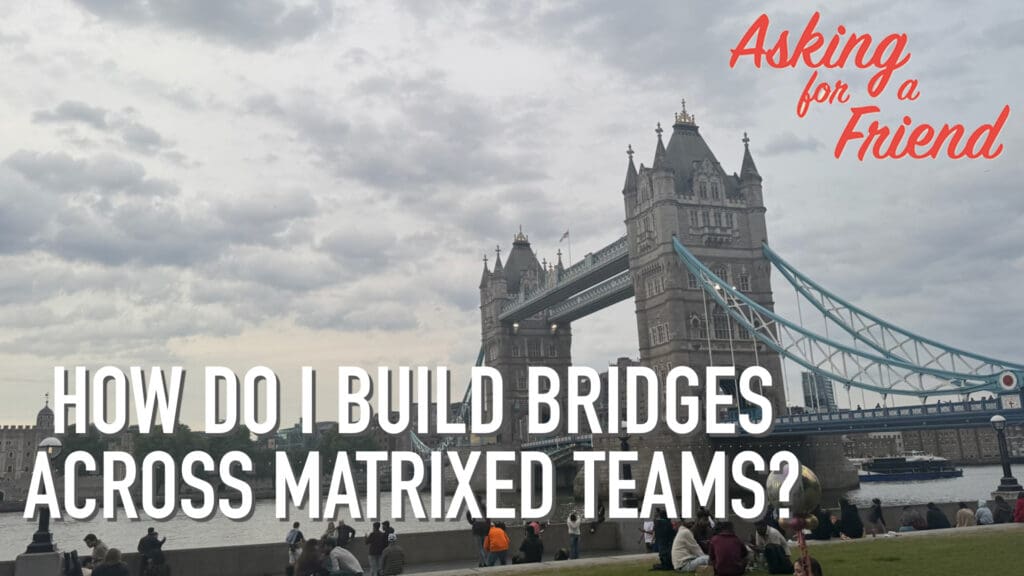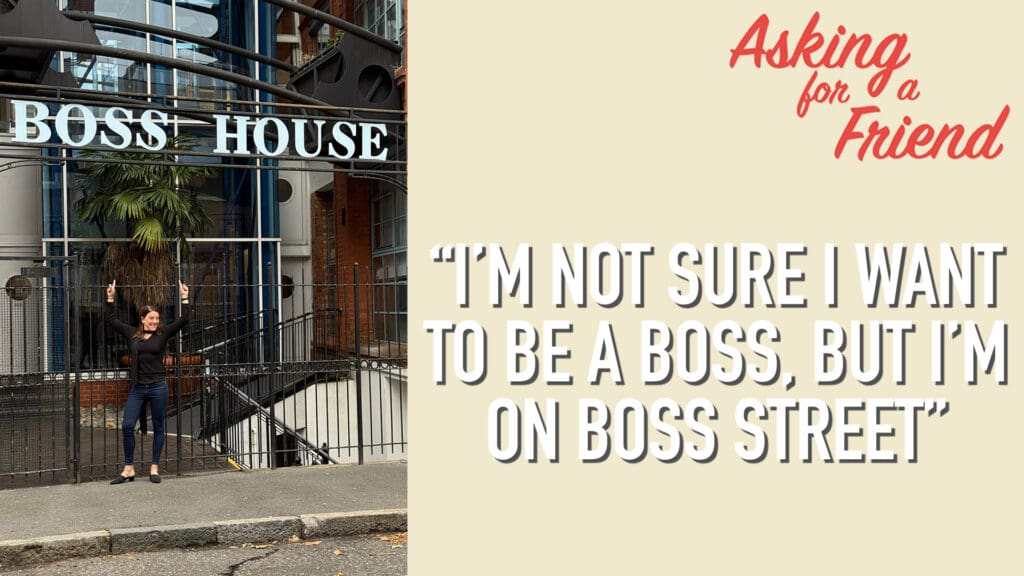Over the years, I have used strategic storytelling workshops to help drive key messages, build teams, and enhance communication skills. Today, I share the story of how my interest in that began, and why I frequently use it in my leadership today.
The Strategic Story Behind Strategic Storytelling
The Dramatic Beginning
Many years ago back in my HR days, I spent the better part of a year working on an intensive front-line leadership development program. We had interviewed everyone, built the competency models, created the curriculum and worked with vendors to import expertise on specific topics. Then, the whole thing came to a screeching halt.
A big merger was announced, and the program was put “on hold.” Everything was changing leadership, organizational structures, priorities, funding views about certain competencies. It just wasn’t “the biggest rock” at that point. This stuff happens. I understood the dynamics, but I was devastated. All that work and there were still frontline leaders that needed development now. The work wasn’t changing at that level, and we had identified a need. The organization was full of young, inexperienced leaders. And we were young HR leaders, with passion and a cause.
I sat in the conference room with my co-worker with whom I had collaborated on this project. We just looked at one another. What should we do now? After we got over feeling sorry for ourselves, we got to work.
The Story Continues: Storytelling Workshops to Transfer Leadership Mindset
We decided that what we wanted to do most of all was to find a way to “transfer leadership mindset.” The best leaders we saw at the front lines were the ones who had some scar-tissue from experience, combined with other leadership competencies. If only we could help to accelerate the learnings of that experience to others. How could we do that? For free?
Our answer storytelling.
Without announcing our intentions (just a causal whisper to our bosses), we created a series of strategic storytelling workshops designed for various levels of the business.
In these workshops, we would ask each leader to reflect on their own values, priorities, and history and identify a personal story that reflected their approach to leadership. The stories would then be shared with the team, and each leader would offer feedback on their story and delivery. The themes from each story would be discussed and leveraged to create norms for the team (or organization). The participants would work to identify opportunities to incorporate strategic storytelling into their communication plans.
Once we had our strategic storytelling plan, we made appointments to meet with the friendliest senior leaders we knew to sell in our concept. We told our story of delayed funding, and our storytelling solution. We were met with what I can best describe as a “what the heck” response and an invitation to try it in various contexts and levels across the company. The best response was from the exec who had “used strategic storytelling for years.” He then pulled out a pencil-on-graph-paper strategic communication plan matrix with his 3 main messages for the year, and the various stories he would tell in different contexts and levels to reinforce it. Game on!
We held everything from large scale meetings of frontline leaders with storytelling circles to intimate executive teambuilding sessions. The best stories were the ones where the leaders allowed themselves to be vulnerable, which was particularly cathartic and important at this time of changing scenery. (We later captured this technique, key learnings, and a summary of the themes gathered from this key time in an ASTD Storytelling InfoLine (the link I include here mostly for nostalgia, not selling).
So now I ask you
What key messages did you take away from this story?
Afterword
In the years that followed, I have used the storytelling workshop concepts in my own leadership and have facilitated sessions with my own team. Yesterday, I shared a post on Lead Change Group on this and other “Do It Yourself” leadership techniques. I hope you will enjoy. DIY Leadership: Easy Leadership Programs You Can Run Yourself.







Have you heard of The Ariel Group near Boston, Karin? They teach the art of Story Telling in their Leadership Presence workshop.
Thanks Tina… will check them out.
Enjoyed reading about your use of Strategic Story telling. Interesting that vulnerability makes powerful content to the listener and allows connection at a “real” level. Thanks
Lisa,
Thanks so much for joining the conversation. YES! I do think showing our vulnerability draws people in.. it makes us real, and therefore more human and interesting. I am so glad to have you involved in the conversation. I hope you will be back to share more of your insights.